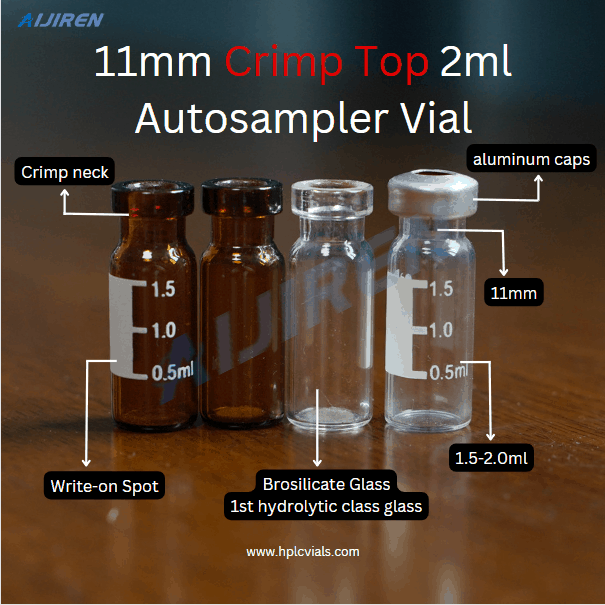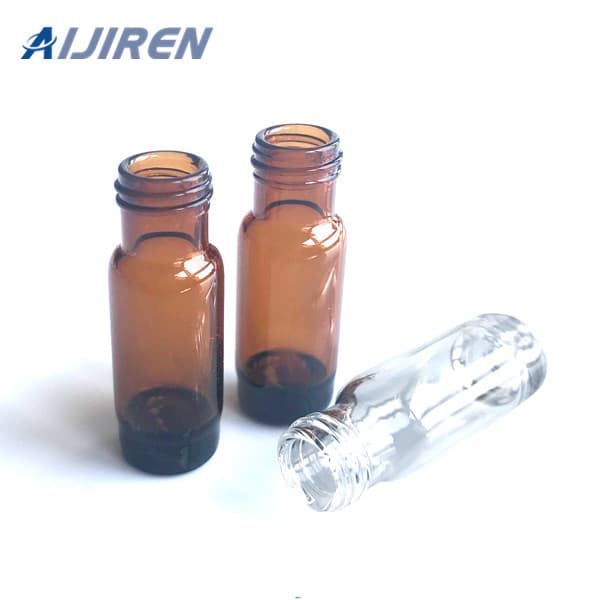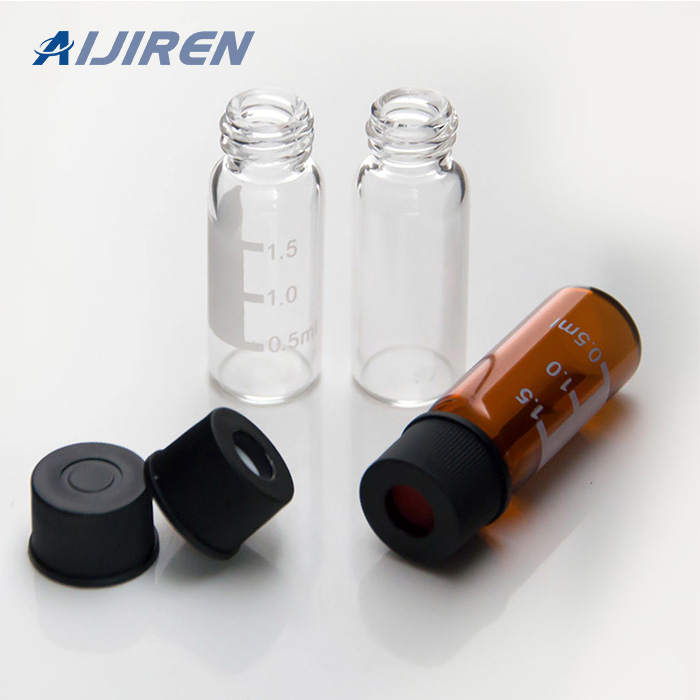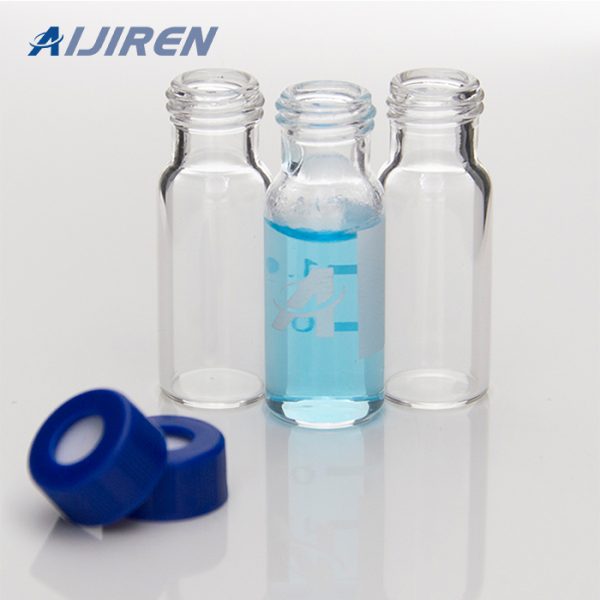Decoding Vial Discard Guidelines: Ensuring Precision in Chromatography
2024-01-23
In the intricate realm of chromatography, the reliability of results hinges on meticulous sample handling, and vial integrity plays a pivotal role. Knowing when to discard a vial is crucial for maintaining the accuracy of analyses and preventing potential contamination.
- Visible Damage: Vials exhibiting visible cracks, chips, or scratches should be promptly discarded. Such damage compromises the structural integrity of the vial, risking sample contamination.
- Seal Compromise: A compromised sealing mechanism, be it a crimp or screw cap, warrants vial disposal. Ineffective seals can lead to sample evaporation or contamination, skewing analytical outcomes.
- Chemical Compatibility: Vials should be discarded if there’s a change in the chemical composition of the sample. Certain chemicals may react with vial materials over time, jeopardizing the reliability of results.
- Excessive Wear: Vials subjected to frequent use may experience wear and tear. Discard vials exhibiting signs of wear, as they may compromise the precision of subsequent analyses.
- Sample Residue: Thoroughly clean vials between uses. Residual sample material can contaminate subsequent analyses, necessitating vial discard.
By adhering to these guidelines, laboratories can maintain the quality and reliability of their chromatographic analyses. Regularly inspecting vials for signs of damage or wear ensures that the integrity of the analytical process is upheld, safeguarding the accuracy of results in the pursuit of scientific excellence.
Back to List
Laster News
-
 下午4:05Decoding Vial Discard Guidelines: Ensuring Precision in Chromatography
下午4:05Decoding Vial Discard Guidelines: Ensuring Precision in Chromatography -
 下午5:01Navigating Micro Inserts for HPLC Vials: A Comprehensive Guide
下午5:01Navigating Micro Inserts for HPLC Vials: A Comprehensive Guide -
 上午9:551.5ml Glass High Recovery Vial for Sale
上午9:551.5ml Glass High Recovery Vial for Sale -
 下午12:481.5 ML/2ML 8-425 Screw Neck Autosampler Vials ND8
下午12:481.5 ML/2ML 8-425 Screw Neck Autosampler Vials ND8 -
 上午9:021.5ml 9mm Short Thread Autosampler Vials ND9
上午9:021.5ml 9mm Short Thread Autosampler Vials ND9

